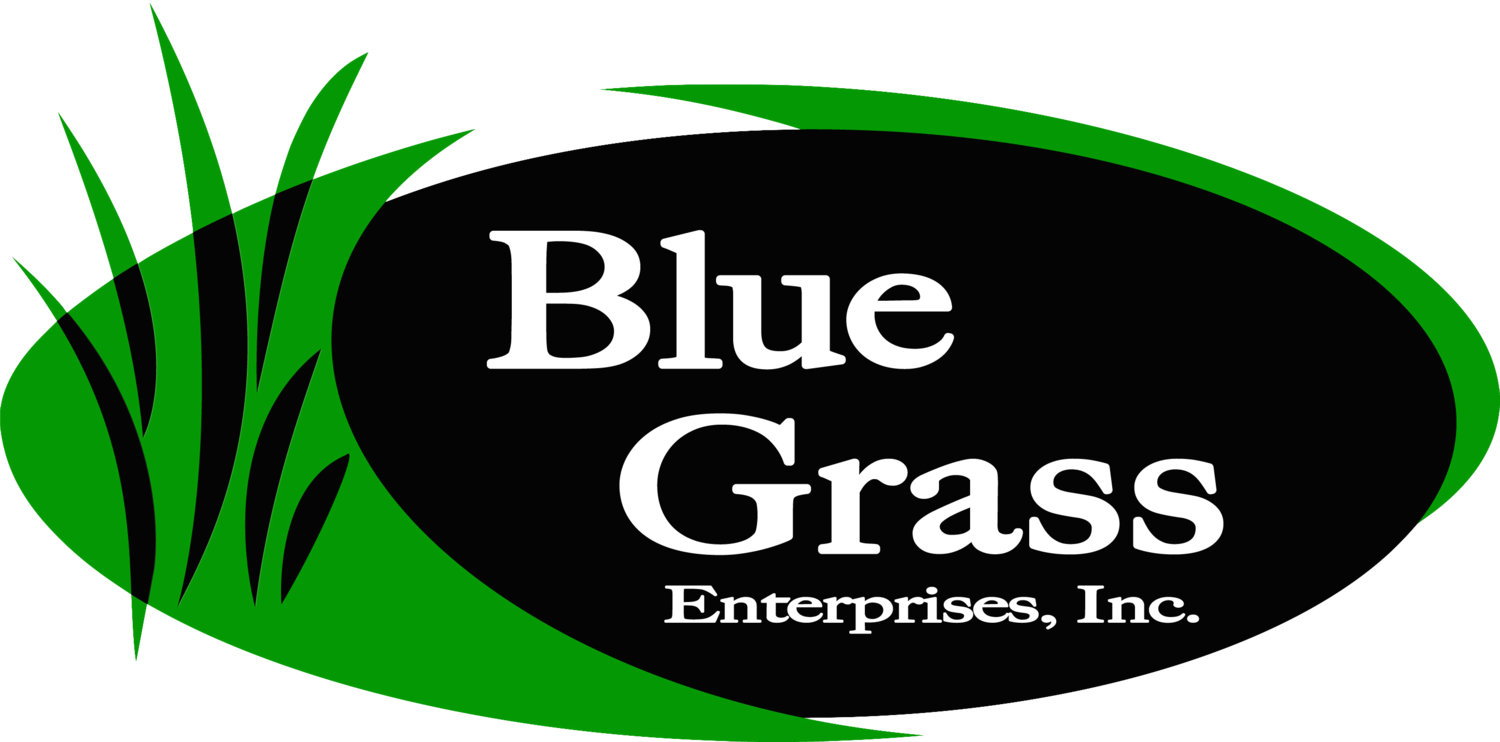The Benefits of Soil Sampling
Just like in the body, nutrients in soils work in relationship to each other. This is why we will almost never recommend a product that is high in only one nutrient, like Urea. If the ratios between certain nutrients get out-of-whack, it can inhibit healthy growth in your plants.
Plants need food.
For plants, food comes in the form of nutrients and minerals found in soils. Imagine that your soils in your lawn are kind of like a refillable-multivitamin. In healthy lawns, that multivitamin actually refills itself to some degree because of nutrient recycling from grass clippings, decomposing matter, rainwater, and other sources.
But often the “soil multivitamin” may not have exactly what it needs to support healthy trees, lawns, or landscaping.
Not all soils have the same needs
Your soil sample will also tell us the pH and type of soil you have in your lawn - ranging from super sandy to heavy clay. Knowing the type of soil you have will influence how we recommend feeding your lawn.
Deficiencies or surpluses of certain minerals can happen for all kinds of reasons, but a common cause is new construction that disturbs soil layers. Another common cause is years of poor nutritional practices that have caused imbalances in the soil.
Soil tests help us develop and maintain a more productive and healthy lawn by generating data about what nutrients and minerals are either missing or in an abundance in your soils.
Sign up for our newsletter to get periodic pro tips, reminders of feeding times, and interesting new research that can help you to care for your lawn!
Check out this little video about why we love soil sampling so much.
How to take a soil sample
FREQUENTLY ASKED QUESTIONS
WHAT DO I NEED TO TAKE A SOIL SAMPLE?
You will need a tool to dig and something to gather your samples (such as a bucket or a baggie). Use clean tools and containers to avoid contamination. In total you will need to bring us one quart of soil. Sandwich-sized baggies are perfect for transporting the sample to our office!
HOW DO I TAKE A SOIL SAMPLE?
It's time to play in the dirt and dig some samples!
- Walk all around your lawn gathering samples from several locations.
- Dig samples to a depth of 3 inches.
- Mix your samples together in your bucket or baggie.
- Remove any plant tissue such as leaves, thatch or mulch.
- While you are in your yard, grab a tape measure and get an accurate measurement of the entire area you are wanting to feed. We will need this information to write a custom feeding program for you.
- Bring a full quart-sized baggie of soil to Blue Grass' office. We'll take care of the rest!
Your test results will allow BGE staff to write a three-year program for you to follow. After three years, we would like you to sample again to make sure we are on track!
CAN YOU GIVE ME ANY PRO TIPS SO I TAKE A PERFECT SAMPLE?
- Do not use a metal bucket to collect/mix the soil as the metal might contaminate the sample.
- Never use tools or containers that have been used for mixing or applying fertilizer.
- Avoid using tools made of galvanized steel, as the zinc coating will contaminate test results.
- Make sure to take samples before (or a long time after) applying any product, as the fertilizer may still be present and distort the results.
- In the spring, avoid areas that may be affected by salt from roads, driveways, or sidewalks.
For new lawns: It is easier to adjust the nutrient levels in your soil before a lawn is installed. If you can, grab your soil samples prior to installation.
WHERE WOULD I GET ANY NUTRIENTS OR MINERALS THAT ARE NECESSARY AFTER THE TEST?
From us, of course!
Many lawn issues will be addressed by products we already carry - we will just be able to be VERY specific with timing, number of necessary applications, and how many pounds you should be using based on the square footage of your lawn.
If your are deficient in a nutrient we feel would be better addressed by a specialty product, we will do our best to find it and order it in for you to help save you time and money.
Green Spaces Give Life
Natural Grasses: Protecting our soils. Reducing noise pollution. Filtering rain water. Increasing property value. Cooling homes. Providing critter shelters. Hosting BBQs. Generating organic matter. Making space for catch, camp outs, and fetch. Preventing scraped knees. Capturing CO2.
All while making your oxygen fresh daily.




